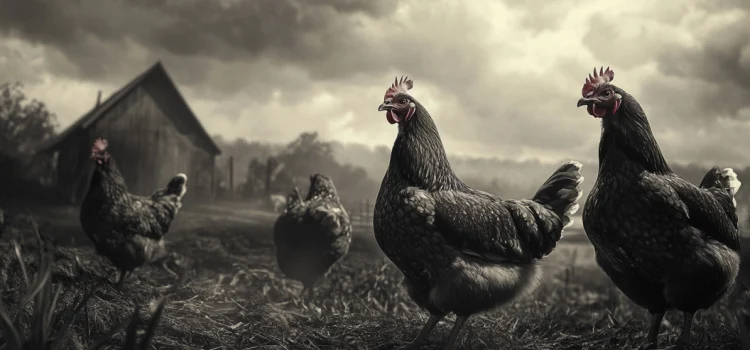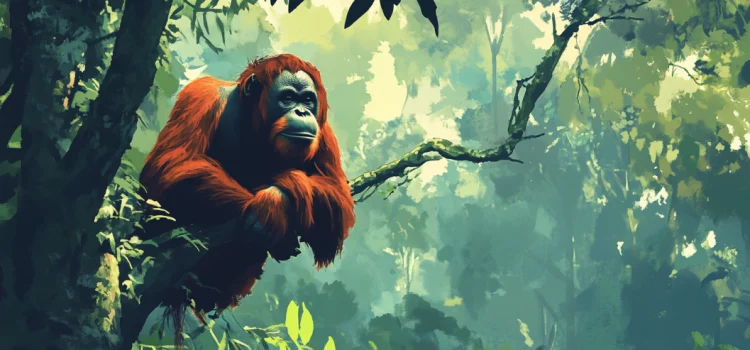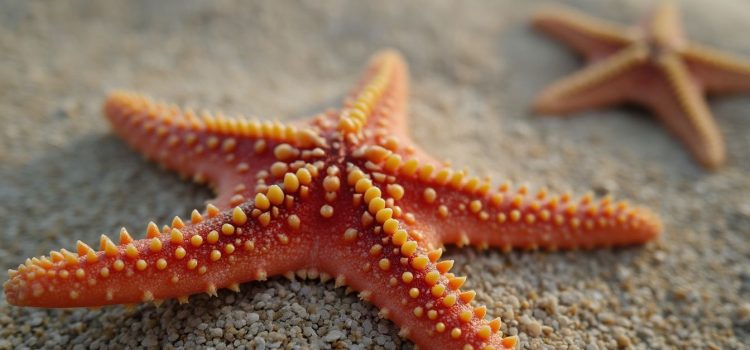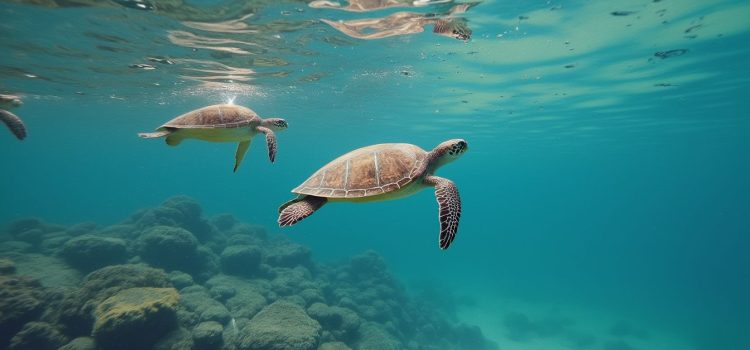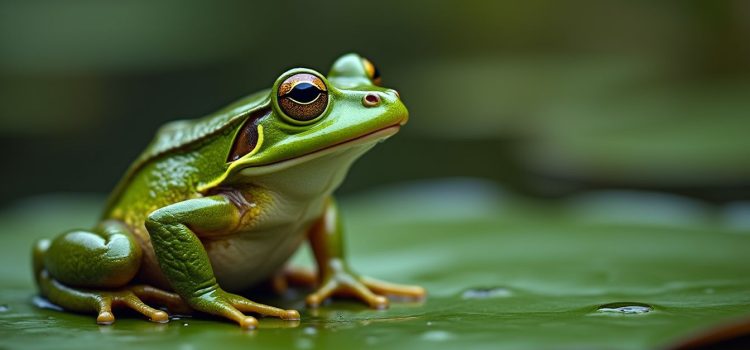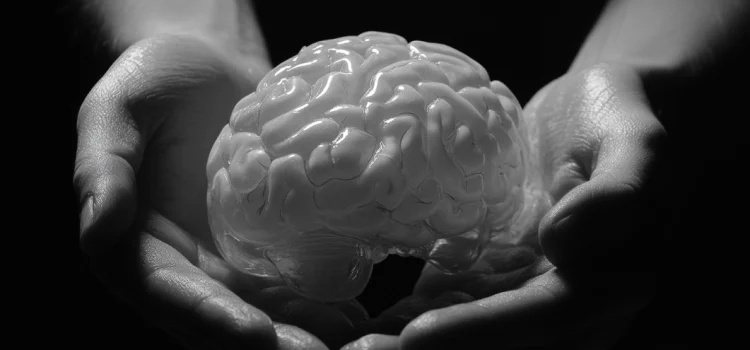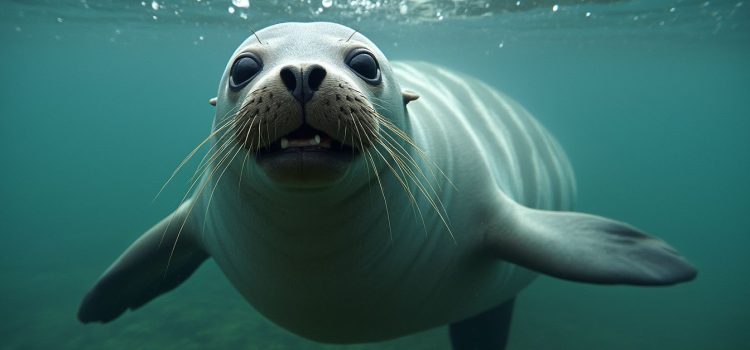Why are US health officials growing concerned about bird flu? What mutations are scientists finding in recent human cases? Will there be a bird flu pandemic in 2025? Bird flu has spread rapidly through US dairy farms and poultry operations, infecting nearly 1,000 dairy herds and causing mostly mild illness in dozens of exposed workers. While bird flu hasn’t been transmitted between humans yet, health officials are concerned that it could be. Here’s a look at the situation and the studies.
Will There Be a Bird Flu Pandemic? What the Experts Say
